2016 Ducati 959 Panigale tech explained

With the new 2016 Ducati 959 Panigale, the Italian marque's so-called 'baby superbike' is now closer to the litre-class halo superbikes than it ever was. The engine is bigger and so are the power outputs. However, with great power comes great responsibility. Hence, the Ducati 959 has also been kitted with state of the art technology to keep the power on a leash to stop owners from killing themselves. We take a look at all the tech wizardry and the fancy abbreviations the 959 comes with:
ABS
Of course, for a motorcycle like the 959 Panigale, ABS is a part of the standard equipment. The Bosch ABS 9MP Brembo braking system is a three-level system that provides shorter stopping distances coupled with enhanced stability. The level 1 enables a sport-oriented ABS intervention with no rear lift-up prevention, level 2 delivers the same intervention with rear lift-up prevention activated. The level 3 is the most intrusive of the three which provides outstanding braking stability and rear lift-up prevention. The ABS is fully integrated with the bike's riding modes.
Ducati Traction Control (DTC)
For this piece of kit, engineers turned towards their Ducati Corse racing division, borrowing the traction control system derived from their MotoGP and World Superbike motorcycles. The DTC offers a choice of eight settings developed to an array of environmental condition. The level 8 of this system is the safest of them all and is the most intrusive one. The level of intrusion goes on decreasing as we move down the level, with the level 1 offering the highest tolerance and reduced intervention. Recommended only for highly trained riders.
Ducati Quick Shift (DQS)
The DQS electronic quick shifter is a race-derived electronic system that manages shifting of the gearbox in both up and down directions. It allows clutchless upshifts to be made under full acceleration. By saving the time which would have been wasted in closing the throttle, riders might gain just a few fractions of a second, but on a race track, these few fractions of seconds make the world of a difference. The system also allows clutchless downshifts, with the system performing a perfectly timed auto-blip when the gear lever is depressed. The interesting part though, is that for those riders who prefer to go the traditional way, you can deactivate the DQS and opt for the conventional gearbox operation.
Engine Brake Control (EBC)
The EBC system electronically controls the amount of positive, negative and retrograde torque forces applied to the rear tyre under severe engine-braking conditions. This optimises vehicle stability in corner entry conditions limiting the deceleration offered through the rear wheel. Working in conjunction with the ride-by-wire throttle, the EBC monitors the throttle position, selected gear and crankshaft de-acceleration rate under heavy braking and balances the torque forces acting on the rear tyre. The EBC can be adjusted in three different levels.

Ride-by-wire
The ride-by-wire system electronically controls the opening and closing of throttle butterflies on the engine. The absence of a mechanical connection between the throttle and the throttle bodies allows the engine ECU to regulate power delivery. Ride-by-wire makes it possible to have different power and delivery based on the selected riding mode.
Riding Modes
The big daddy. Each of the riding modes are pre-programmed with preset levels of ABS, DTC, EBC and power modes. Customised by the engineers at Ducati, these maps are selectable from the switchgear- even while riding. The pre-set modes are programmed to instantly change the character of the 959 Panigale, depending upon the road conditions and the riding environment. The 959 Panigale offers the following riding modes -
Race
The Race mode is the most extreme of them all. It uses the 'High' power mode, harnessing all of the 157 horsepower. The engine response is also highly sensitive to throttle opening, with the DTC system offering minimal level of intervention, a race-oriented EBC and front-only ABS.
Sport
The Sport mode selects the 'Med' power mode. This mode also delivers 157 horsepower like the Race mode, though the engine response is slightly muted and DTC and EBC systems offers a higher degree of intervention. ABS is activated for front and rear, with rear end lift-up control.
Wet
The Wet mode is the safest and most docile riding mode among the three. As the name suggests, it has been customised to be used in wet conditions and activates the 'low' power mode with 100 horsepower. Engine response is smoother, while DTC and EBC offer the highest level of intervention. ABS is also in its most invasive setting in terms of anti-lock efficiency and rear end lift-up prevention.
Gallery
1/2
Double Tap to Zoom



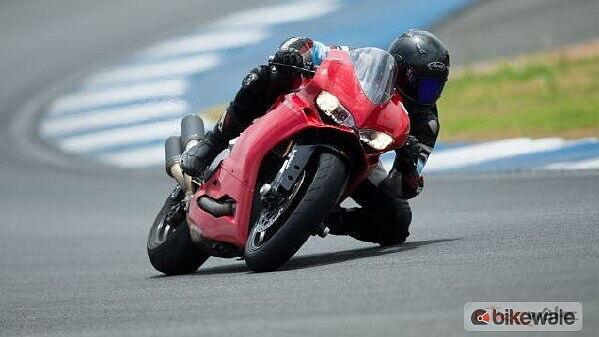

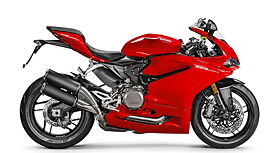
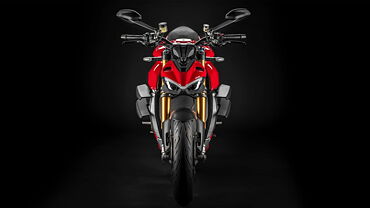

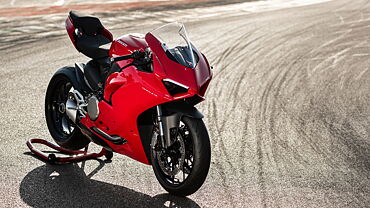

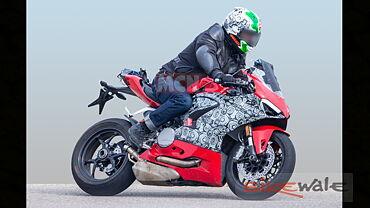

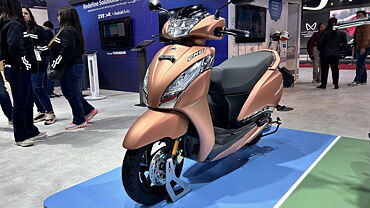
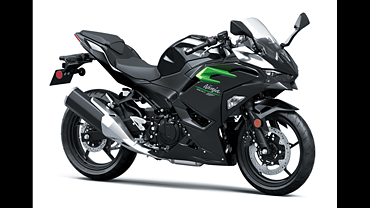
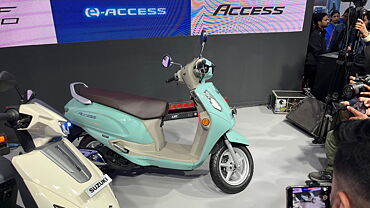
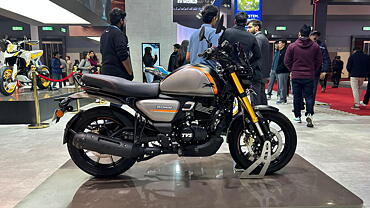
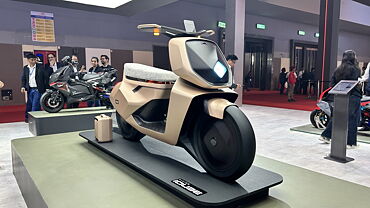
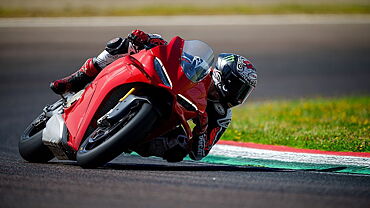
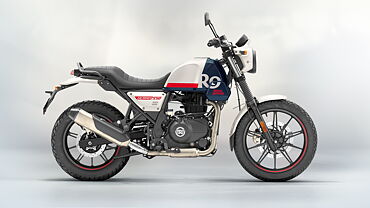
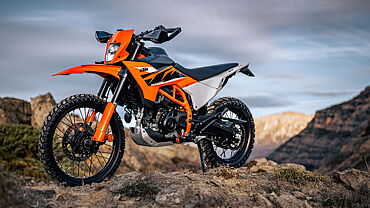







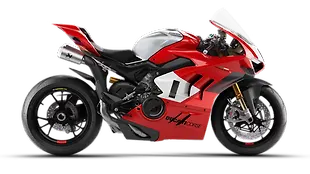
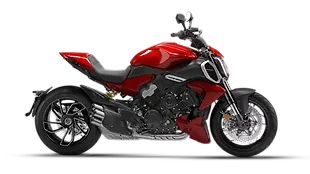





![KTM 390 Adventure X [2025] KTM 390 Adventure X [2025]](https://imgd.aeplcdn.com/272x153/n/cw/ec/190885/390-adventure-x-2025-right-side-view.jpeg?isig=0&q=80)